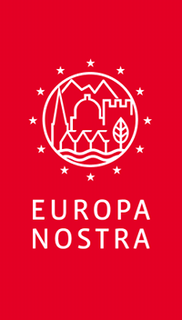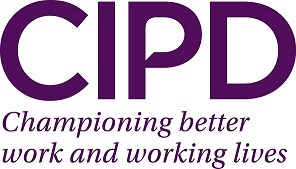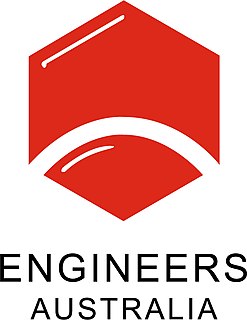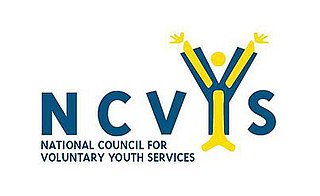
Cadw is the historic environment service of the Welsh Government and part of the Tourism and Culture group. Cadw works to protect the historic buildings and structures, the landscapes and heritage sites of Wales, so that the public can visit them, enjoy them and understand their significance. Cadw manages 127 state-owned properties and sites. It arranges events at its managed properties, provides lectures and teaching sessions, offers heritage walks and hosts an online shop. Members of the public can become members of Cadw to gain membership privileges.

A living museum, also known as a living history museum, is a type of museum which recreates historical settings to simulate a past time period, providing visitors with an experiential interpretation of history. It is a type of museum that recreates to the fullest extent conditions of a culture, natural environment or historical period, in an example of living history.
Interpreting is a translational activity in which one produces a first and final translation on the basis of a one-time exposure to an expression in a source language.

The Chartered Institute for Archaeologists (CIfA) is a professional organisation for archaeologists working in the United Kingdom and overseas. It was founded in 1982, and at 21 July 2020 had 3931 members overall, of whom 3033 were accredited professionals; it also has 80 accredited organisations.

Heritage interpretation refers to all the ways in which information is communicated to visitors to an educational, natural or recreational site, such as a museum, park or science centre. More specifically it is the communication of information about, or the explanation of, the nature, origin, and purpose of historical, natural, or cultural resources, objects, sites and phenomena using personal or non-personal methods. Some international authorities in museology prefer the term mediation for the same concept, following usage in other European languages.
The National Accreditation Authority for Translators and Interpreters Ltd is the national standards and accreditation body for translators and interpreters in Australia. NAATI's mission, as outlined in the NAATI Constitution, is to set and maintain high national standards in translating and interpreting to enable the existence of a pool of accredited translators and interpreters responsive to the changing needs and demography of the Australian community. The core focus of the company is issuing certification for practitioners who wish to work as translators and interpreters in Australia.
Kenyan Sign Language is a sign language used by the deaf community in Kenya and Somalia. It is used by over half of Kenya's estimated 600,000 deaf population. There are some dialect differences between Kisumu, Mombasa and Somalia.

Europa Nostra is a pan-European Federation for Cultural Heritage, representing citizens' organisations that work on safeguarding Europe's cultural and natural heritage. It is the voice of this movement to relevant international bodies, in particular the European Union, the Council of Europe and UNESCO. It has consultative status with UNESCO and is recognised as an NGO partner.
The British Association for Counselling and Psychotherapy (BACP) is a professional body for counsellors and psychotherapists practising in the United Kingdom.
Thematic interpretation is an approach to heritage interpretation originally advocated by Professor William J. Lewis and subsequently developed by Professor Sam H. Ham. In the thematic approach, an interpreter relies on a central theme to guide development of a communication activity or device. In presenting the activity or device, the thematic interpreter develops the theme in such a way that it will be highly relevant to an audience. According to studies, presenting a strongly relevant theme greatly increases the likelihood an interpreter will succeed in provoking an audience to think about theme-related issues.
The Chartered Institute of Logistics and Transport in the UK is the membership organisation for United Kingdom professionals involved in the movement of goods and people, and their associated supply chains. It is a National Council of CILT International.
Chartered Association of Building Engineers (CABE) is a professional body for building engineers in the United Kingdom and overseas.

The Chartered Institute of Personnel and Development (CIPD) is a professional association for human resource management professionals. It is headquartered in Wimbledon, London, England. The organisation was founded in 1913 - it is the world's oldest association in its field and has over 150,000 members internationally working across private, public and voluntary sectors. Peter Cheese was announced in June 2012 as CIPD's new CEO from July 2012.

The Institution of Engineers Australia, often shortened to IEAust and/or trading as Engineers Australia (EA), is a professional body and not-for-profit organisation dedicated to being the national forum for the advancement of the engineering field within Australia and a member of Washington Accord. As of 2017, it has around 100,000 members in nine geographic Divisions and five international chapters from all engineering disciplines, including 41,000 Students, 4,400 Engineering Technologists and Engineering Associates, 55,600 Professional Engineers. The members all belong to one or more of nine Colleges covering the different fields of engineering practice. 20,000 members are Chartered Engineers.
The International Association of Conference Interpreters - AIIC was founded in 1953. It represents over 3,000 members present in over 100 countries.
Austin Area Translators and Interpreters Association (AATIA) is a professional organization based in Austin, Texas, and affiliated with the American Translators Association. The AATIA was founded in 1985 and incorporated as a non-profit organization in 1994. It promotes the translation (written) and interpretation (spoken) services of its members through advertising and community outreach. It also educates the public about these language-based professions.

The National Council for Voluntary Youth Services (NCVYS) was a membership network of over 200 voluntary and community organisations, as well as local and regional networks, that work with and for young people across England. The organisation closed in 2016. For 80 years, NCVYS acted as an independent voice of the voluntary and community youth sector, working to inform and influence public policy, supporting members to improve the quality of their work, and also raising the profile of the voluntary and community sector's work with young people.
The Belgian Chamber of Translators and Interpreters is a non-profit professional association that was founded on April 16, 1955 in Brussels. The Chamber works to advance the profession and the recognition of specific skills and abilities of translators and interpreters in Belgium. It seeks to make players and users of translation and interpretation services more aware of the importance of quality and responsibility.
The Translators Association of China (TAC) is a national association for translation studies in China. Founded in the 1980s TAC was part of the academic response to the national Economic Reform in 1978. The incumbent President of TAC's 6th Executive Committee is the former Chinese Foreign Minister Li Zhaoxing, who in the meantime chairs the Foreign Affairs Committee of China.

Interpret Europe – European Association for Heritage Interpretation is an international membership-based association with charitable status that serves all who use first-hand experiences to give natural and cultural heritage a deeper meaning. Interpret Europe encourages dialogue and partnerships between associations and universities, providers and professionals from more than 56 countries.








